Film Review: Constant Thought, PTSD and a Veteran in the Outdoors.
Unpredictable adventure doc follows one enduring soldier’s challenging journey towards health and family. We gave it our take, before interviewing the man himself.
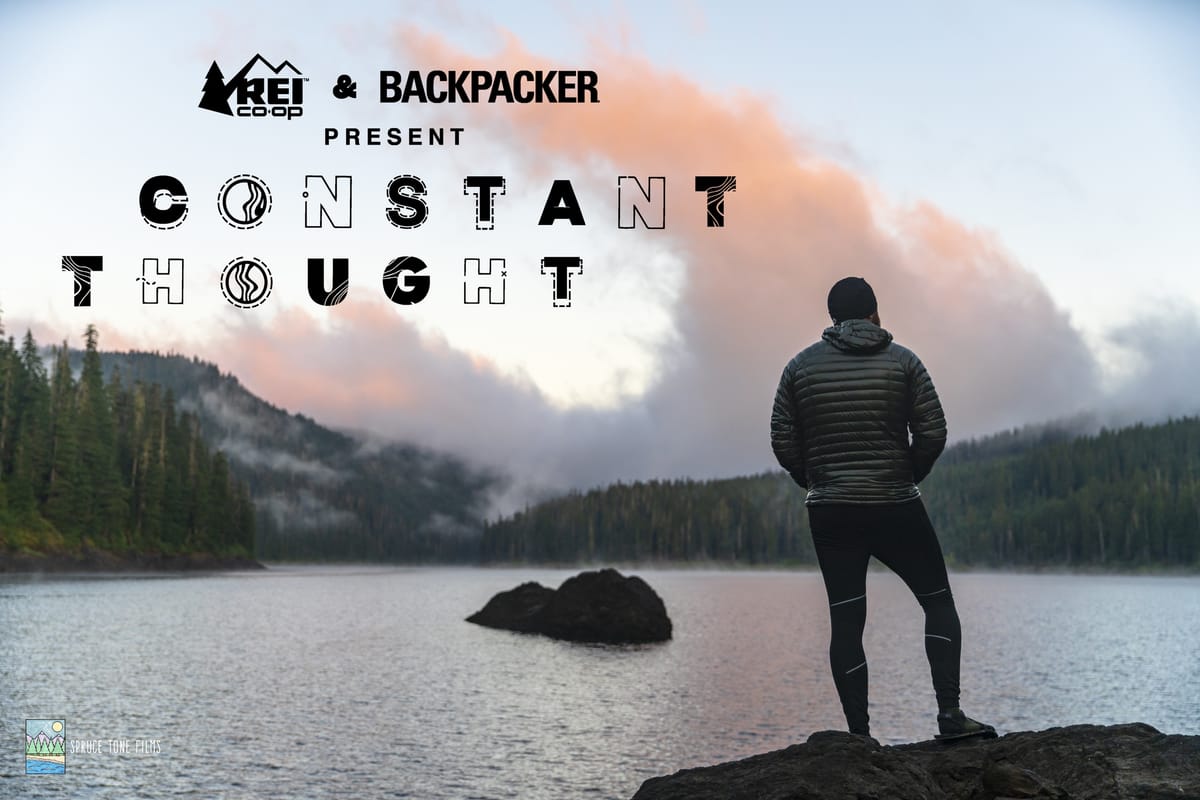
A deadly force accompanied Brandon Kuehn home from Iraq. His wife and son, and a seemingly idyllic life awaited him in Umatilla, Oregon; but Brandon still faced a danger lurking in the corners of his mind.
Upon returning home, most medically discharged soldiers struggle to adapt to new physical limitations such as missing limbs. But Brandon’s injury was invisible. Civilian life imposed a crushing weight of anxiety, depression and anger. After attempting to take his own life in 2014, Brandon finally identified his new enemy - Post Traumatic Stress Disorder. Through unrelenting trial and error, Brandon discovered outdoor therapy as a means to heal his PTSD.
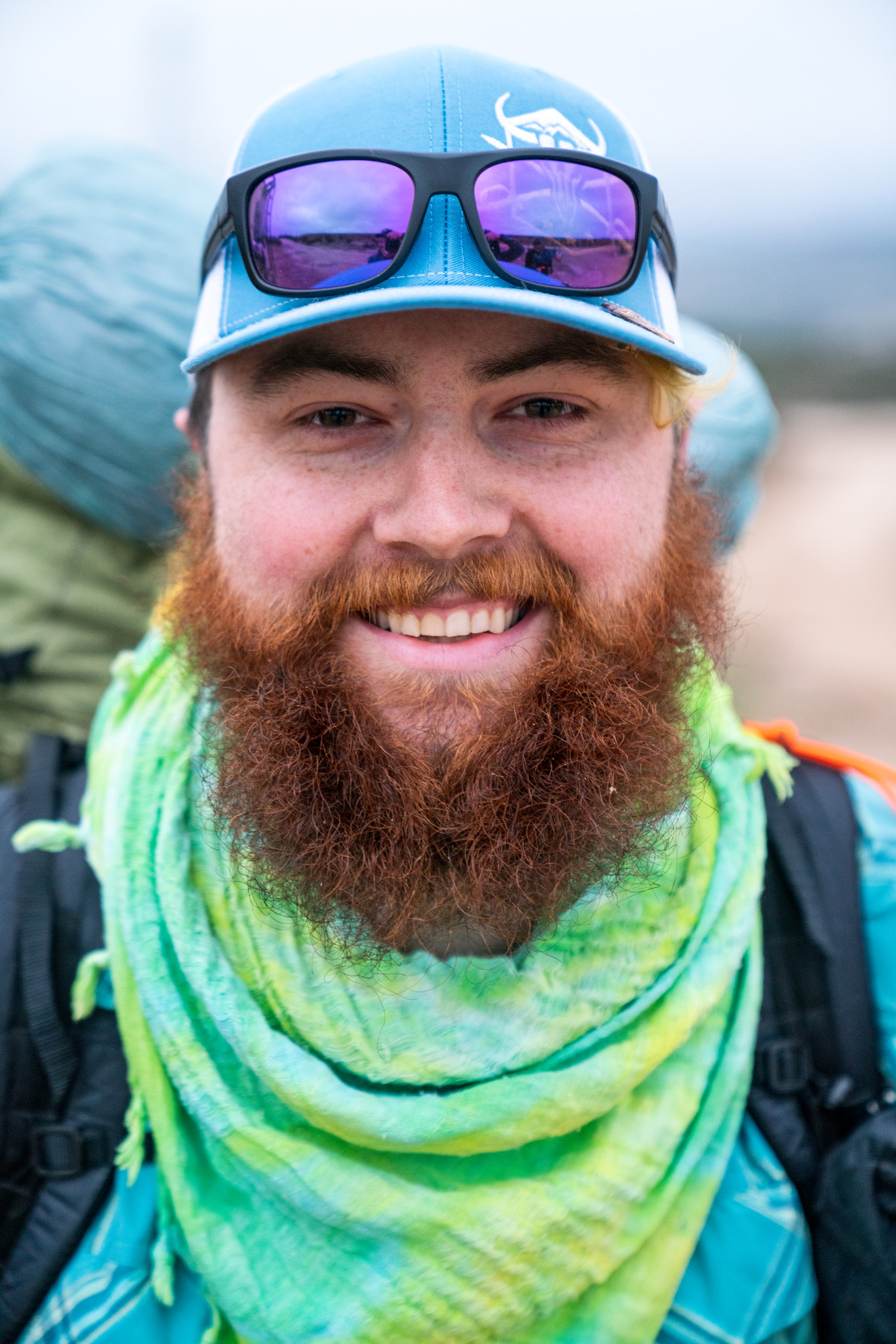
Constant Thought follows Brandon’s attempt to walk the 2,650 miles of the Pacific Crest Trail. In addition to psychic and spiritual healing, Brandon seeks a connection to the land he fought to protect, literally crossing America from Mexico to Canada.
“You survived for a reason, now do something with it!”
The central lesson of Constant Thought is that the best way to face a range of human trauma is to reach for literal, physical summits. By challenging himself on the PCT, and sharing his story, Brandon is raising awareness that immersion into the outdoors can start the healing process for a variety of mental health issues such as PTSD, while providing concrete coping skills.
As the film opens, Brandon awakes in a tent, in the pitch darkness, to his phone alarm - the military bugle call. Although he has returned to civilian life, Brandon still carries his military experience with him.
Close-up shots show Brandon packing up his gear that will help him hone new mental tools to cope with his PTSD, something he says, “can never be cured.”
Directed and produced by Palmer Morse & Matt Mikkelsen of Spruce Tone Films, a full suite production company, Constant Thought composes a POV experience, with Brandon vlogging the stages of his journey on the PCT (a noticeable change of pace from the mostly voice-over intercutting of the introductory chapter). Morse’s thoughtful cinematography is highlighted by a powerful establishing shot at the US-Mexico border.
Read next on TOJ: A Visit To “The Border Wall”: Here’s What I Found…
Notwithstanding the epic scale of the challenge to hike the 2,650 mile PCT, the filmmakers focus on mundane details of the journey to bring out Brandon’s personality. Everyday moments like filling up water bottles on route are intercut with cathartic moments like hitting the 100-mile marker.
“There’s always time for a tire swing.” Brandon has learned to relieve the pressure of PTSD by appreciating the small things, like the sensation of fun while riding on a tire swing, and connecting with his youthful self before his traumatic experiences.
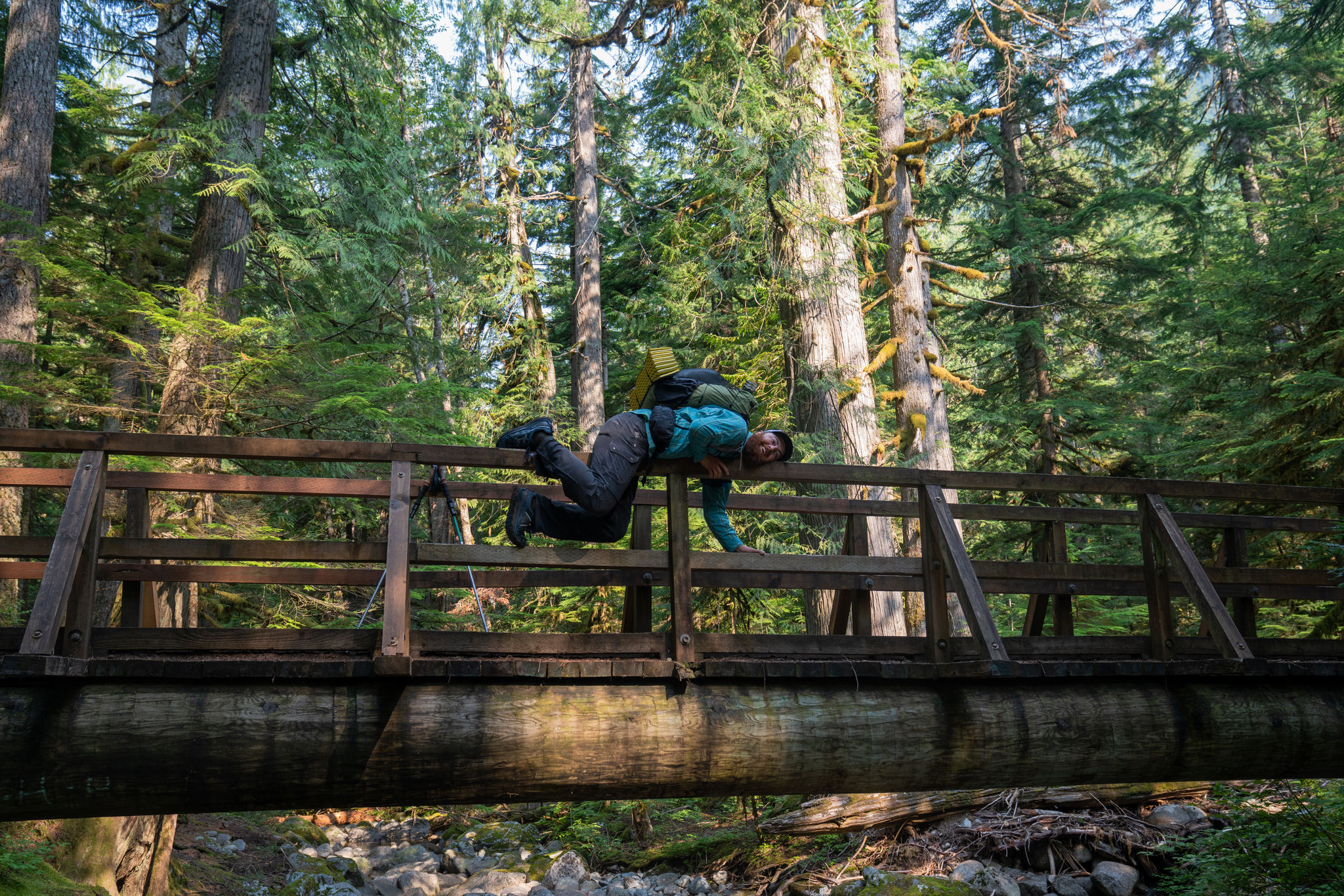
At the middle point of the film, everything comes to a halt, and you question whether Brandon will continue. The filmmakers did something clever here. The audience hears Brandon’s voiceover commentary from the opening of the film in a distinctly new context. In the first instance, you’d think his comment “I don’t want to be here” reflects his feelings about being here on Earth, alive, but, not to spoil it, the second occurrence of the voiceover shifts its meaning. Palmer and Matt of Spruce Tone Films said that the doc went through several iterations of storytelling. That thoughtfulness paid off by yielding this chills-inducing moment.
With disciplined color grading by Kent Pritchett, and an introspective, original score by Ben Sollee that’s subtlelly uplifting, Spruce Tone Films orchestrates a solid documentary experience.
Constant Thought presents Brandon’s admirable journey to minimize PTSD’s effects on his daily life, for his family. Echoing a lesson taught by his father, Brandon leads an inspiring challenge to overcome a life-threatening obstacle: “If you don’t have a tool to help you complete what you’re doing, find that tool.” After struggling with survivor’s guilt through witnessing the death of his comrades in battle, Brandon has pushed passed his breaking point to forge a future that centers around devotion.
[youtube https://www.youtube.com/watch?v=9nUCkg7zJi0]
The Outdoor Journal connected with Brandon to discuss his personal battle with PTSD and his experience filming Constant Thought.
TOJ: How did you first learn about the PCT?
Growing up in Oregon, I had heard of it my whole life but it wasn’t until I met Hadley “Spinach” Krenkel that I really grew interested in it.
TOJ: Your wife describes your decision to hike to PCT as coming out of the blue. When did you first get serious about actually doing it?
I really didn’t get serious about it until I had a breakdown at my old IT job. We moved and I had time to think about how I could prevent more breakdowns like the one I had and all I could think of was to hike.
TOJ: What was your first step of commitment?
I got a job at REI.
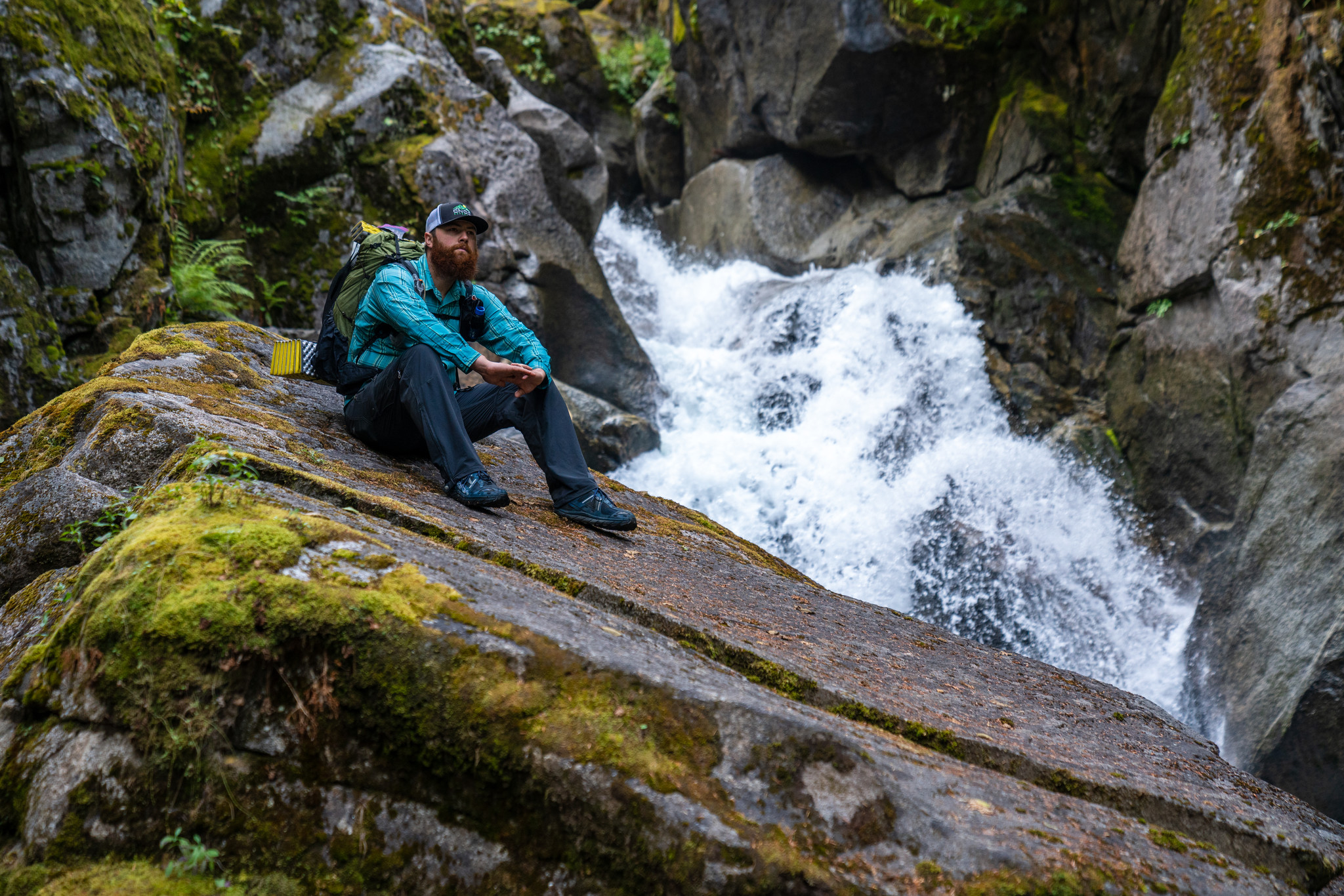
TOJ: What gear and supplies did you need to complete it?
The gear and supplies were a year and half of trial and error - finding out what weight I wanted to carry and how little I needed. I used a Zpacks Arc Haul, Zpacks Duplex Tent, Zpacks 0 degree quilt and a Nemo Tensor Sleeping Pad. Those items I still use to this day and made up my big four, the most important items in my pack.
TOJ: What was your most important / trustworthy piece of gear?
The most trustworthy and important piece of gear I had was my Combat Flip Flops shemagh. I used this as my head wrap for hot, cold and wind protection, used it for a shade for siestas, and even as a towel.
TOJ: Can you describe your experience with PTSD?
It's lead through depression, anger, alcoholism, pill addiction, violence, suicide attempts and loss of friends. But it has also taught me what is important family, friends and their future.
TOJ: When did it present itself, immediately upon returning home?
I did not realize and/or accept that I had PTSD until almost 3 years after I had gotten out of the Army.
TOJ: Is PTSD a universal experience amongst soldiers?
No, PTSD is not universal. Some have it and some don’t. Those that do have it, have it impact them differently.
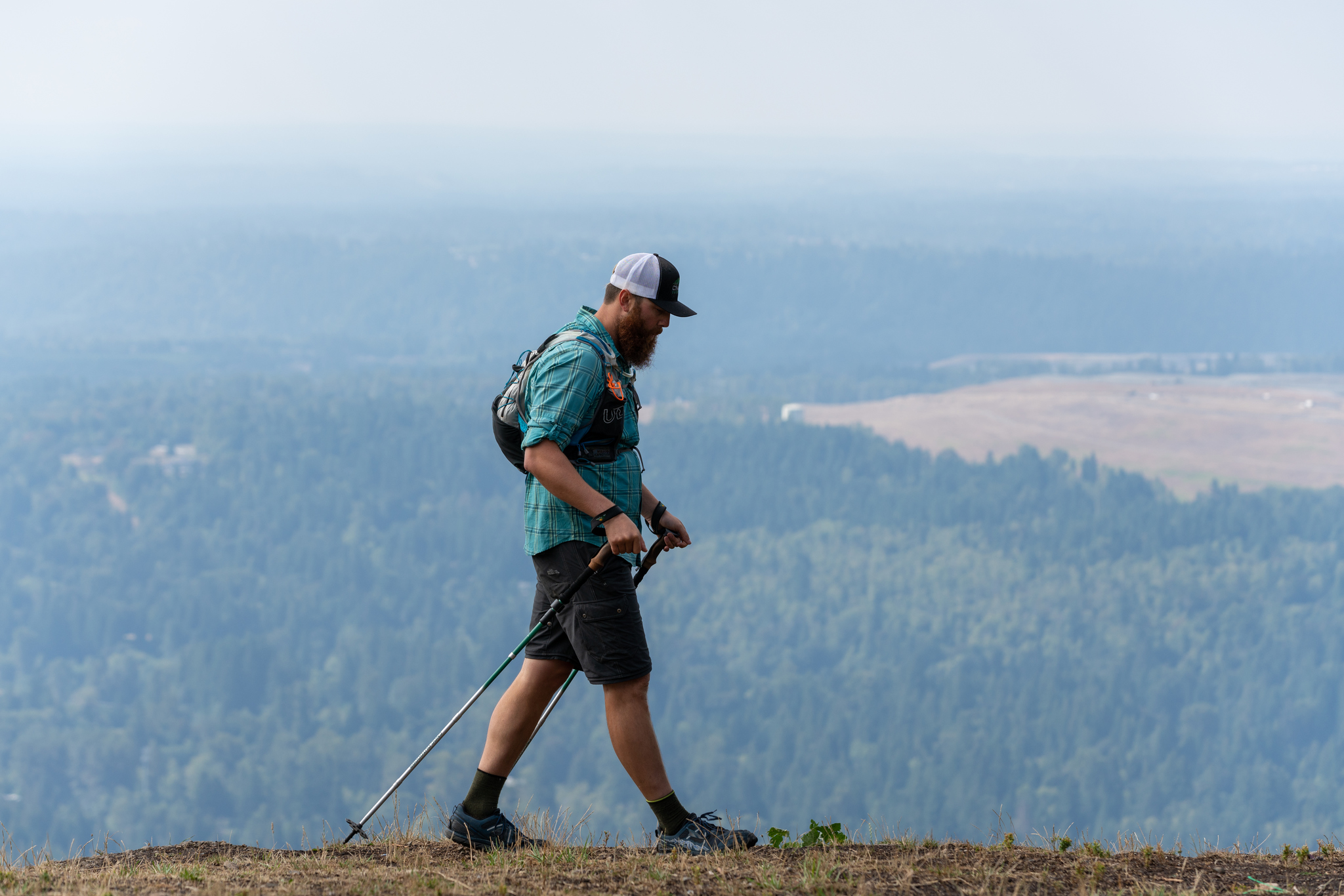
TOJ: Does PTSD exist in the mind, the brain or the central nervous system, or all three?
PTSD for me hits me in every aspect of my being. It hits my mind, body and soul, sometimes all at the same time.
TOJ: Besides outdoor therapy, what other stress relief methods did you try to combat your symptoms of PTSD?
I have tried pills and general therapy but to no avail. I then tried road running and that started to help but only lasted a little after my runs. The trails were my way to combat PTSD on a longer timeline.
TOJ: How would you describe “survivor’s guilt” to someone with no military experience?
Survivor's guilt is just that you feel that you should not have survived when someone else did or you feel guilty that you survived and they did not.
TOJ: Why do you still use the military bugle alarm to wake up?
The bugle alarm is just a mental reminder of the Army days and it was always a call to work. It is the easiest way for me to wake up.
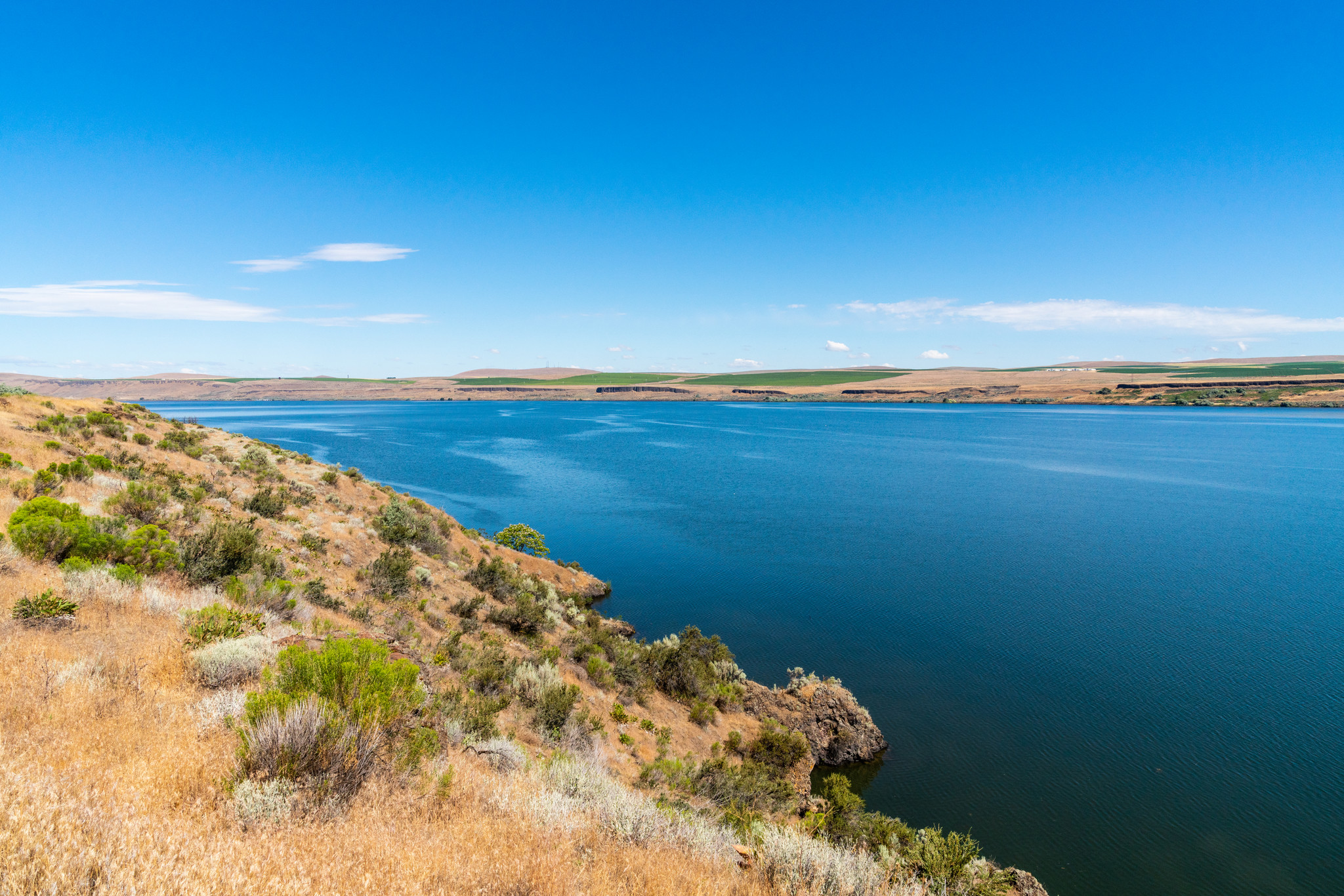
TOJ: How did you get connected with the directors and producers, Palmer and Matt?
Meeting Matt and Palmer all happened due to a cleanup day at the beach in Washington. I was with the Mission Continues and was introduced to Rob Smith from the NPCA and through those two I was asked to participate in a documentary called Hear Our Olympics that Matt and Palmer were producing.
TOJ: What made you willing to share your story with others by participating in this documentary film?
I was willing to share this due to an old squad leader from my Army days. He had told me “You survived for a reason, now do something with it!” Those words have stuck with me since then and this was a way to do something.
TOJ: Did you have any previous experience with film before?
I have had no film experience at all.
TOJ: What inspired you to join the military?
Joining the army was two-fold. One is that most of my male family as far as we can go back served, and second, I lost a few friends in high school who had deployed to Iraq, not the best reason to join but it was a factor.
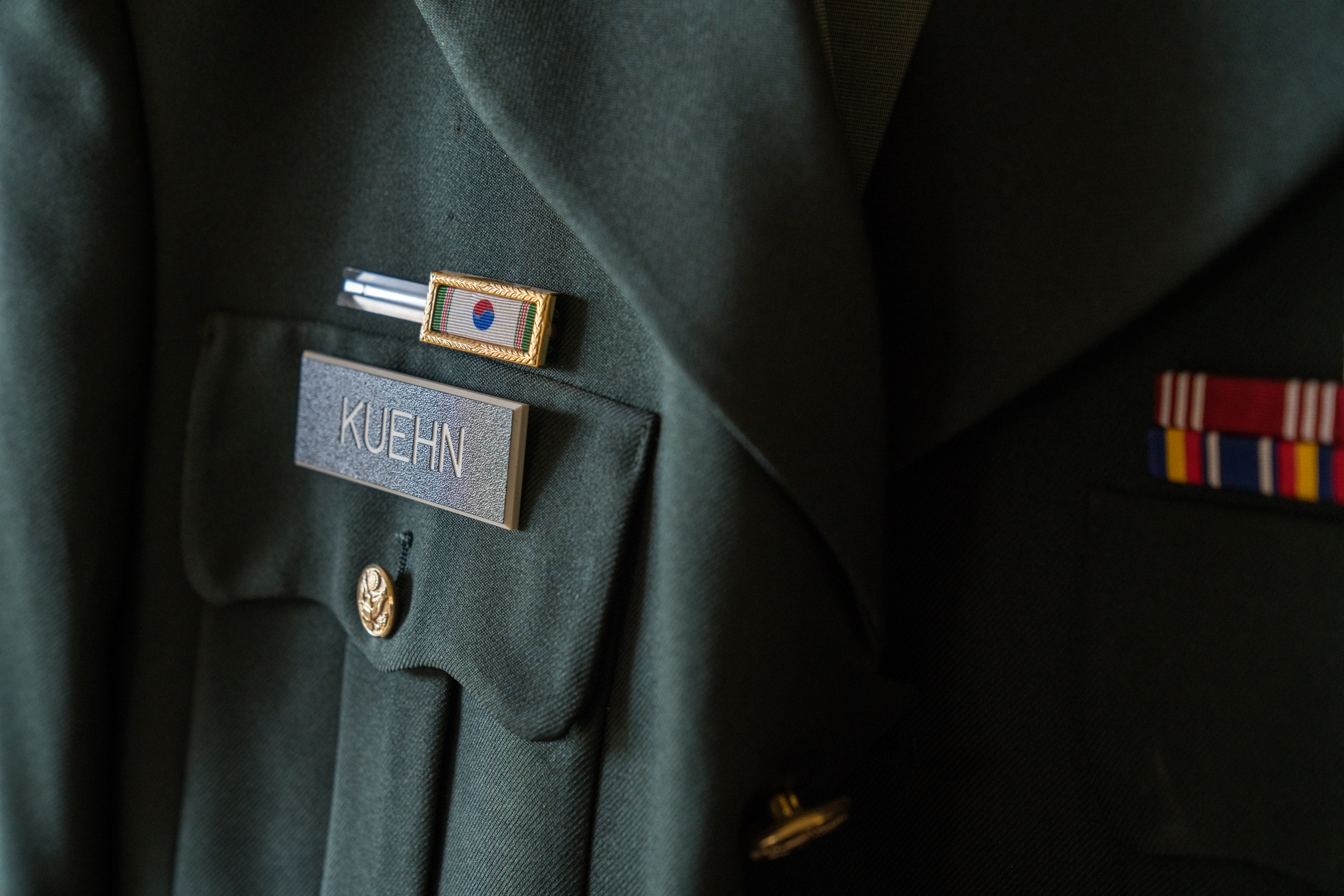
TOJ: What drives you to spread this message about preserving natural resources?
It's not just for us to use as a quiet space but also we need them for so many factors like clean air, animal life and food.
TOJ: How does it feel to know that by sharing your story, you will be helping other people, soldiers and civilians alike, to cope with their mental health issues?
The one thing that I told Matt and Palmer was as long as this spreads positively, that was all I wanted.
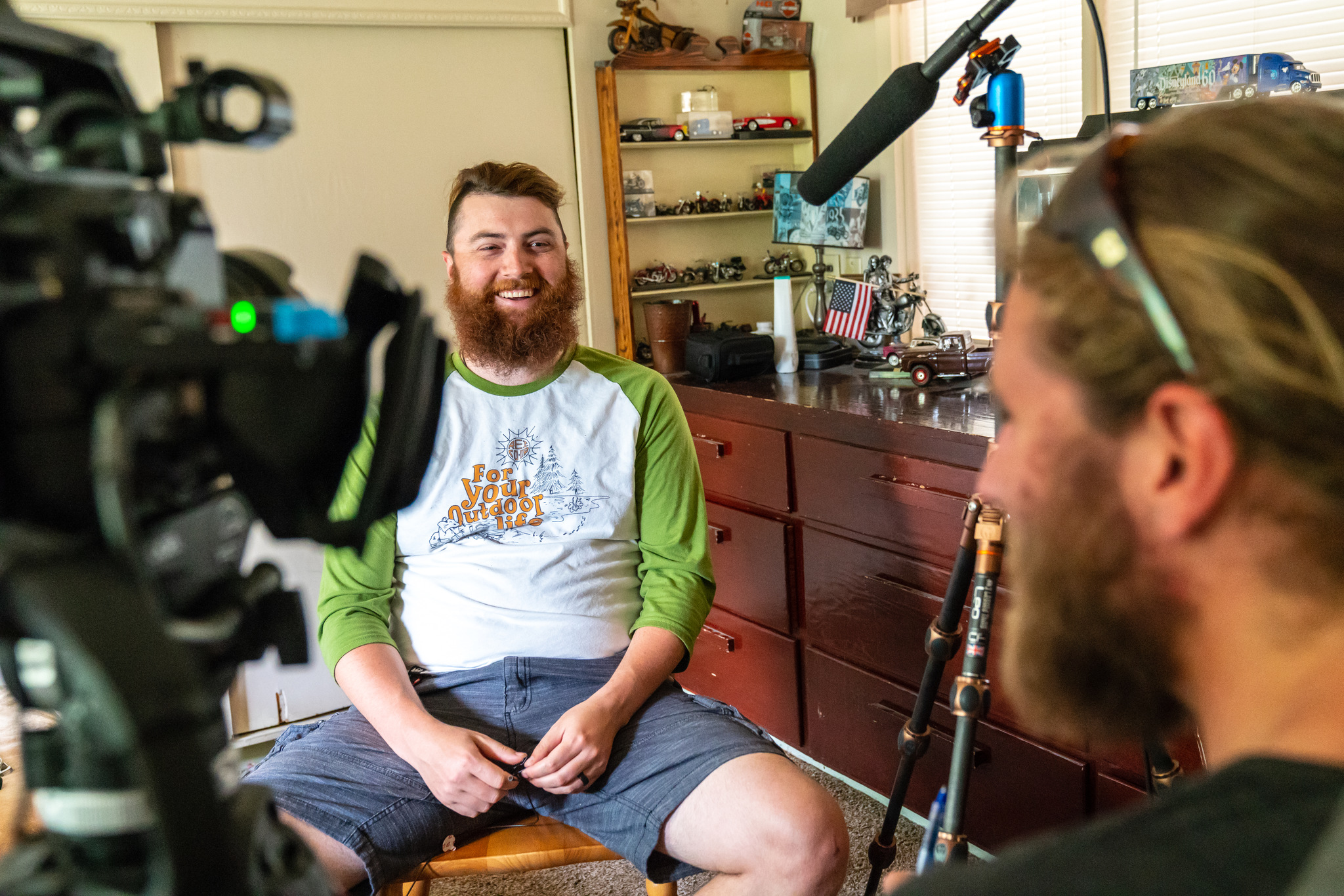
TOJ: What was your hardest challenge, or your most difficult moment on the PCT?
The most difficult thing was getting back on the trail after my knee injury. I almost did not leave home to start again.
TOJ: Does hiking put you in a flow state that stops the thinking element of the brain and lets you just be in the moment?
When I get out there I just enjoy what's around me and forget (or try to forget) the crap that is going on in my head.
TOJ: Do the physical sensations of hiking, such as burning pain in the legs, take over the mental ruminations?
The exhaustion is the best part. I get so tired I just sleep with no nightmares and sleep a full sleep.
TOJ: Did you set your mileage goals in advance or did you go day by day?
I had mileage goals but I also did not follow those. I way overdid it and when I go back I will be just going day by day.
TOJ: Did you celebrate mileage milestones along the route?
I took some pictures but never really celebrated, I should have.
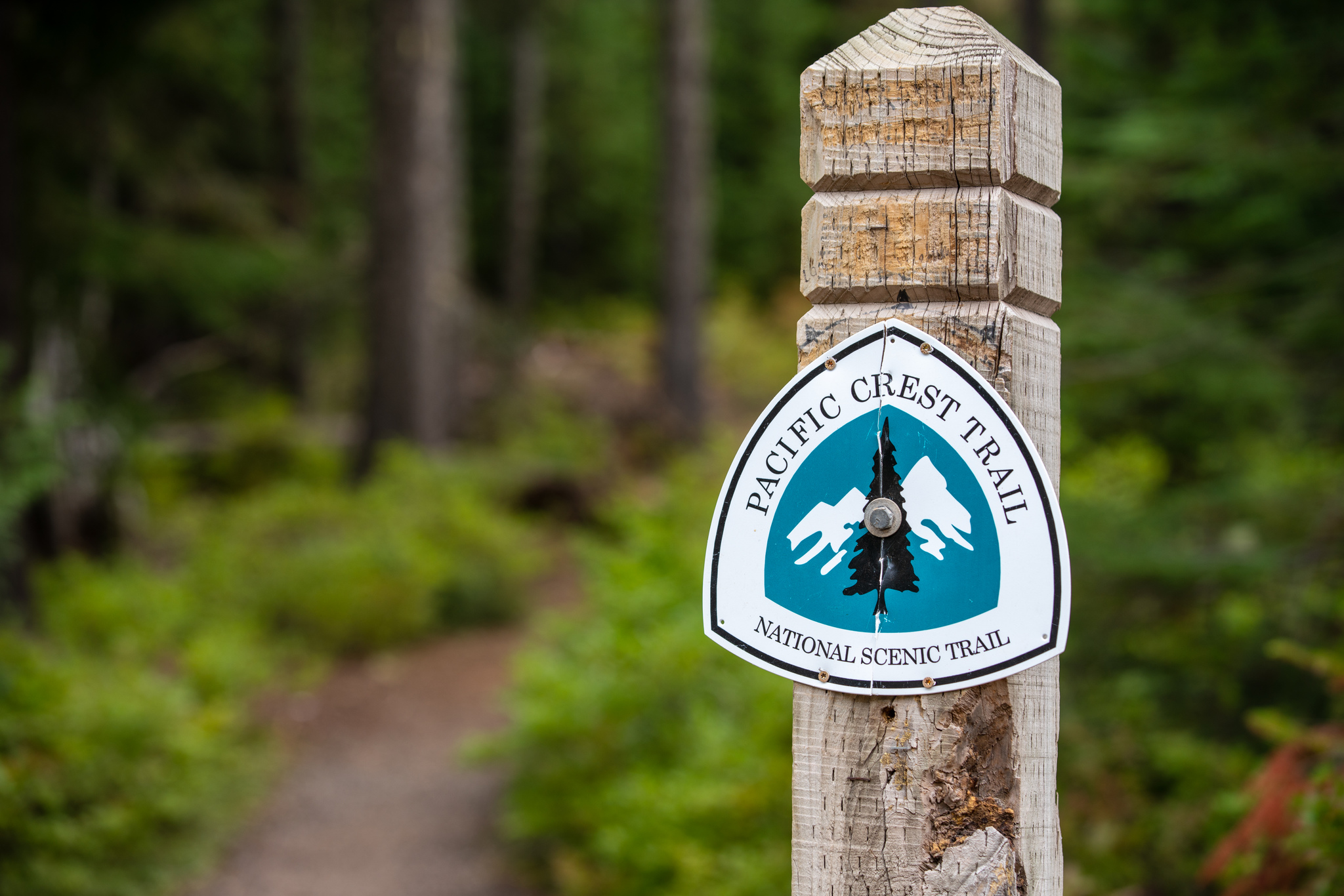
TOJ: Why was it so important to take on this route on a solo mission?
I thought solo was going to give me the best time to work on healing but realized that I needed others to talk to when I had those moments of weakness and doubt.
TOJ: How do you feel now about your decision to stop at 160 miles?
I am OK with stopping where I did but I will finish.
TOJ: How has your experience helped you succeed in other areas of your life?
The “failure” to complete the trail really has helped me put things in order in my life. Family, career, friends and enjoyment - those are my focuses now.
TOJ: You talk about “running away” in the film. What do you mean by this?
I had issues at home that I needed to deal with and I was running from those by getting on the trail instead of facing them. Earlier, I viewed my running away as my use of alcohol and pills to “run” from my issues and my pain.
TOJ: How are things going with becoming a Certified Forest Therapy Guide?
I have been slowly gaining the knowledge to become a Forest Therapy Guide and I plan on achieving that in the next five years.
Read next on TOJ: 3 Sons & A King: Documentary Film Review



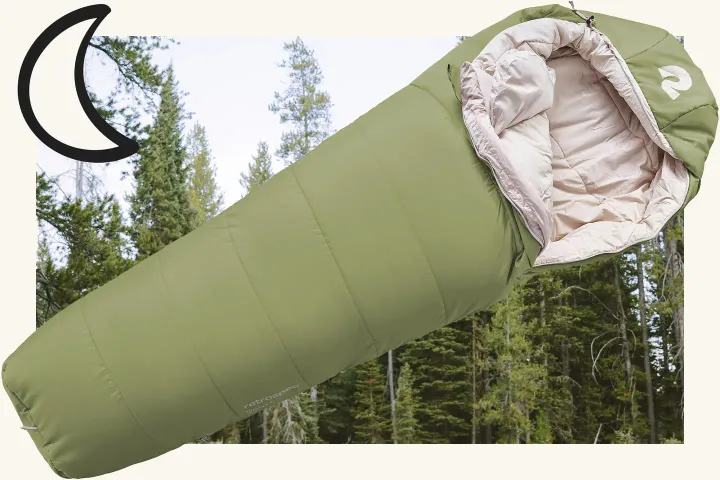
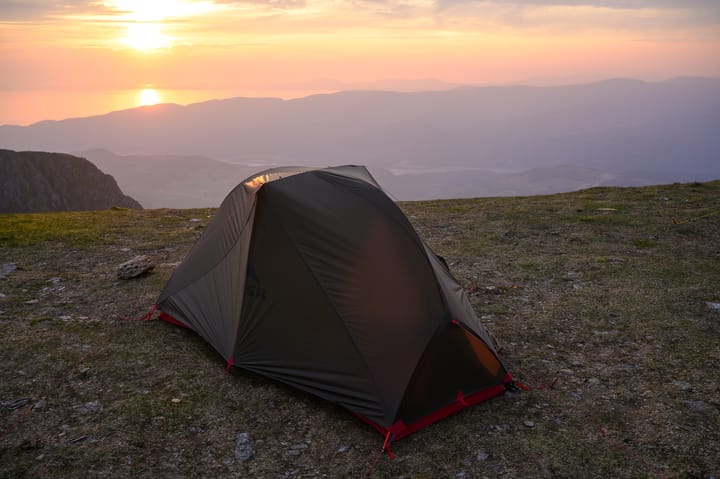
Comments ()